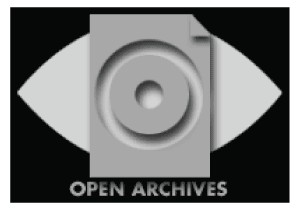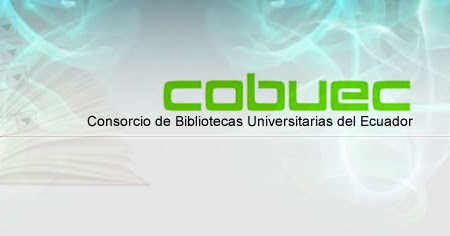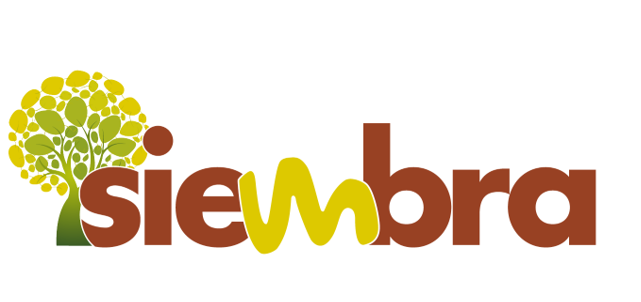Efecto del Ácido Valproico, Tricostatin a y Resveratrol Sobre la Diferenciación del Adipocito
Compartir
Autor
Brochero, Johana
Celis, Luis Gustavo
Lizcano, Fernando
Romero, Carolina
Vargas, Diana
Publicador
Universidad Colegio Mayor de CundinamarcaCitación
Gestores bibliográficos
Metadatos
Mostrar el registro completo del ítemResumen
La obesidad es un factor de riesgo de enfermedades coronarias, de cáncer, de accidentes cerebrovasculares y de diabetes tipo II. El propósito de este trabajo es evaluar la capacidad del ácido valproico, tricostatin A y resveratrol como agentes que reduzcan la diferenciación de preadipocitos. Los dos primeros, inhiben la actividad de las histonas deacetilasas tipo I y II, mientras que el resveratrol es un activador de la enzima sirtuina 1 perteneciente a la familia de las histonas deacetilasas dependientes de dinucleótidos de nicotinamida adenina. Esta reprime la actividad trascripcional mediada por el receptor de proliferación del peroxisoma mediante su asociación con represores, evidenciado en la movilización de ácidos grasos en células adiposas.Para el estudio se utilizó la línea celular de preadipocitos de ratón 3T3-L1 en presencia de un cóctel de diferenciación con rosiglitazona, isobutilmetilxantina y dexametasona. Al día 8 de la diferenciación, se aplicaron las dosis de los tres agentes objeto de estudio y se llevaron a cabo observaciones cada dos días hasta el día 12. Se evaluó la acumulación de depósitos de grasa mediante tinción rojo-aceite y se cuantificaron la cantidad de triglicéridos en cada tratamiento. El ácido valproico, tricostatin A y resveratrol presentaron una disminución en la diferenciación del adipocito maduro, debido a que la cantidad de triglicéridos dentro del mismo fue menor con respecto a las células tratadas con ROSI. Sin embargo, el resveratrol presenta una mayor diferencia significativa. Nuestros resultados destacan el papel de los inhibidores de las histonas deacetilasas y la actividad de sirtuina 1 en la adipogénesis que es bloqueada por los tratamientos con los tres agentes, siendo el resveratrol el agente que presenta mayor reducción de ... Obesity is a risk factor of coronary diseases, cancer, vascular brain disorders, and diabetes type II. The purpose of this work is to evaluate the capacity of valproic acid, trichostatin A and resveratrol agents in the reduction of fat accumulation in the adipocyte cell. Valproic acid and trichostatin A inhibit histone deacetilase activity type I and II, while resveratrol is a sirtuin 1 activator belonging to the family of nicotinamide dinucleotidsdependent deacetylases histones. Furthermore, Sirt1 represses the activity mediated by PPARã by means of its association with repressors, showed in the mobilization of fatty acids in adipocyte cells. For this study, mouse preadipocytes 3T3-L1 cell line was used and treated it in the presence of a differentiation cocktail containing rosiglitazone, isobutilmetilxantine and dexametasone. In the 8th day of differentiation doses of valproic acid, trichostatin and resveratrol were added, monitoring each two days until day 12 of differentiation.The fat storage by oil red-O solution was evaluated assessing the triglyceride quantity in each treatment. All the treatments presented a reduction in the adipocyte differentiation, because the amount of triglycerides was lower in comparison to the cells differentiated by rosiglitazone. However, the resveratrol presented a greater meaningful difference. Overall our results highlight a role for HDAC and Sirt1 activity in adipogenesis, which can be blocked by treatment with valproic acid, trichostatin A and resveratrol, being resveratrol the agent that presents the greatest reduction in adipocyte differentiation.
Escuela
http://hemeroteca.unad.edu.co/index.php/nova/article/view/413/1127/*ref*/Fu M, Sun T, Bookout AL, Downes M, Yu RT, Evans RM, Mangelsdorf DJ. A Nuclear Receptor Atlas: 3T3-L1 Adipogenesis. Mol Endocrinol. 2005; 19:2437-2450.
/*ref*/Macritchie KA, Geddes JR, Scott J, Haslam DR, Goodwin GM. Valproic acid, valproate and divalproex in the maintenance treatment of bipolar disorder. Cochrane Database Syst Rev. 2001;3:CD003196.
/*ref*/Jallon P, Picard F. Bodyweight Gain and Anticonvulsants: A Comparative Review. Drug Saf. 2001;24:969–978.
/*ref*/Lagace DC, Nachtigal MW. Inhibition of histone deacetylase activity by valproic acid blocks adipogenesis. J Biol Chem. 2004;279:18851–18860.
/*ref*/Vanhaecke T, Papeleu P, Elaut G, Rogiers V. Trichostatin A-like hydroxamate histone deacetylase inhibitors as therapeutic agents: toxicological point of view. Curr Med Chem 2004;11:1629-1643.
/*ref*/Drummond DC, Noble CO, Kirpotin DB, Guo Z, Scott GK, Benz CC. Clinical development of histone deacetylase inhibitors as anticancer agents. Annu Rev Pharmacol Toxicol. 2005;45:495-528.
/*ref*/Shankar S, Srivastava RK. Histone deacetylase inhibitors: mechanisms and clinical significance in cancer: HDAC inhibitor-induced apoptosis. Adv Exp Med Biol. 2008;615:261-298.
/*ref*/Baur JA, Sinclair D. Therapeutic potencial of resveratrol: the in vivo evidence. Nat Rev Drug Discov. 2006;5:493-566.
/*ref*/Sauve AA, Wolberger C, Schramm VL, Boeke JD. The biochemistry of sirtuins. Annu Rev Biochem. 2006;75:435-465.
/*ref*/Alkhalaf M. Resveratrol-induced growth inhibition in MDAMB- 231 breast cancer cells is associated with mitogen-activated protein kinasa signalling and protein translation. Eur J Cancer Prev. 2007;16:334-341.
/*ref*/Picard F, Kurtev M, Chung N, Topark-Ngarm A, Senawong T, Machado De Oliveira R, Leid M, et al. Sirt1 promotes fat mobilization in white adipocytes by repressing PPARg. Nature. 2004; 429:771-776.
/*ref*/Kasturi R, Joshi VC. Hormonal Regulation of Stearoyl Coenzyme A Desaturase Activity and Lipogenesis during Adipose Conversionof 3T3-Ll Cells. J Biol Chem. 1982;257:12224-12230.
/*ref*/Celis LG, Rozo C, Garay J, Vargas D, Lizcano F. Efecto Lipolítico del Resveratrol en células 3T3-L1. Salud Uninorte. 2008;24:165-171
/*ref*/Puigserver P, Wu Z, Park CW, Graves R, Wright M, Spiegelman BM. A cold-inducible coactivator of nuclear receptors linked to adaptive thermogenesis. Cell. 1998;92:829–839.
/*ref*/Lagouge M, Argmann C, Gerhart-Hines Z, Meziane H, Lerin C, Daussin F, Messadeq N, et al. Resveratrol improves mitochondrial function and protects against metabolic disease by activating SIRT1 and PGC-1alpha. Cell. 2006;127:1109-1122
Formato
application/pdfTipo de Recurso Digital
info:eu-repo/semantics/articleinfo:eu-repo/semantics/publishedVersion
info:eu-repo/article/published
info:eu-repo/article/published
info:eu-repo/article/published
Colecciones
- Revista Nova [1114]















